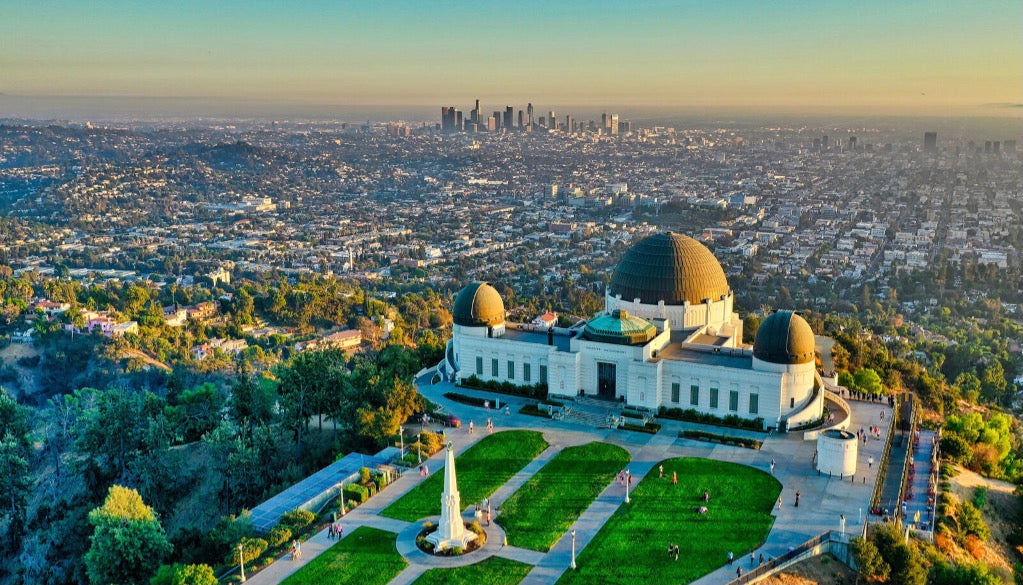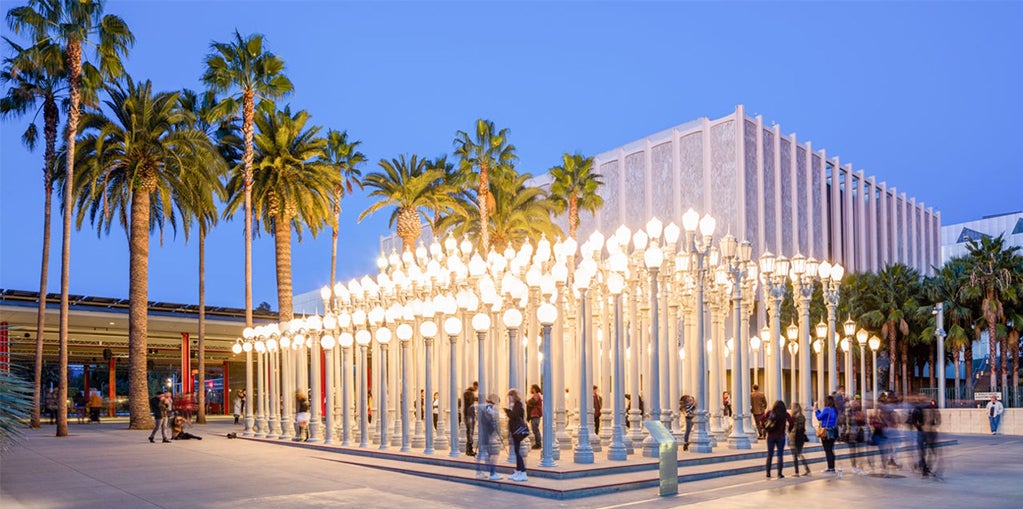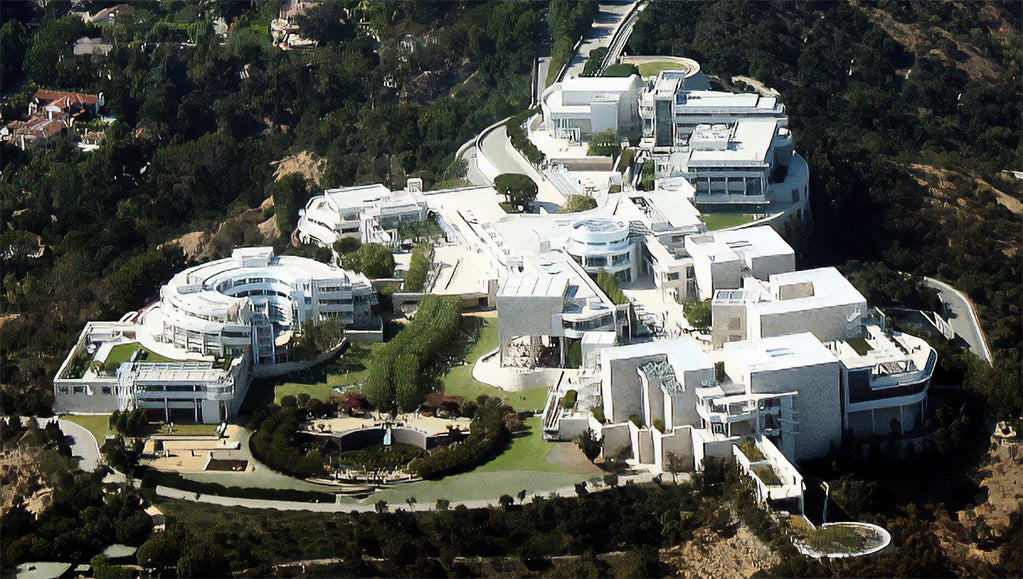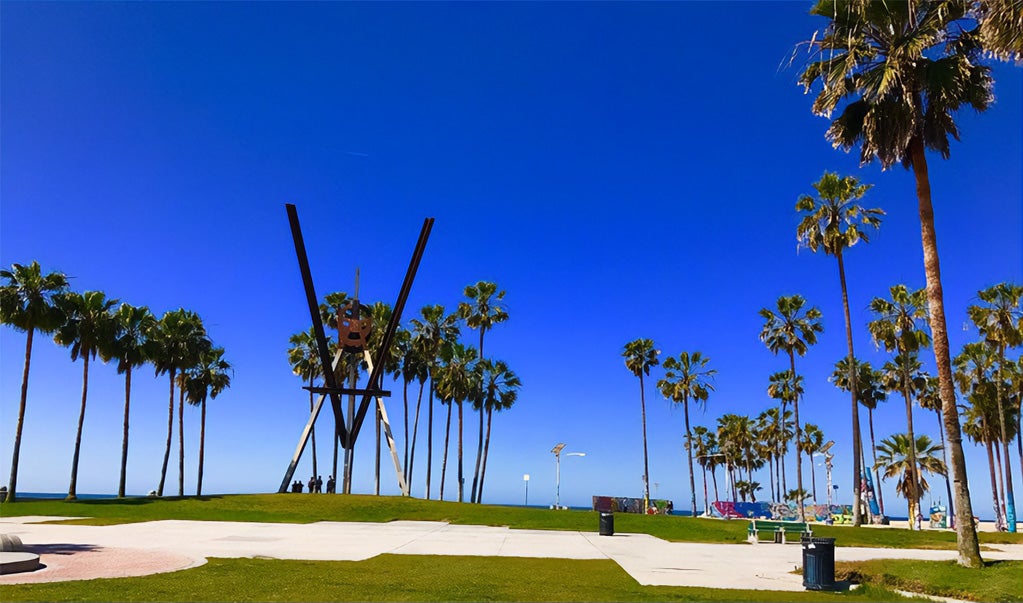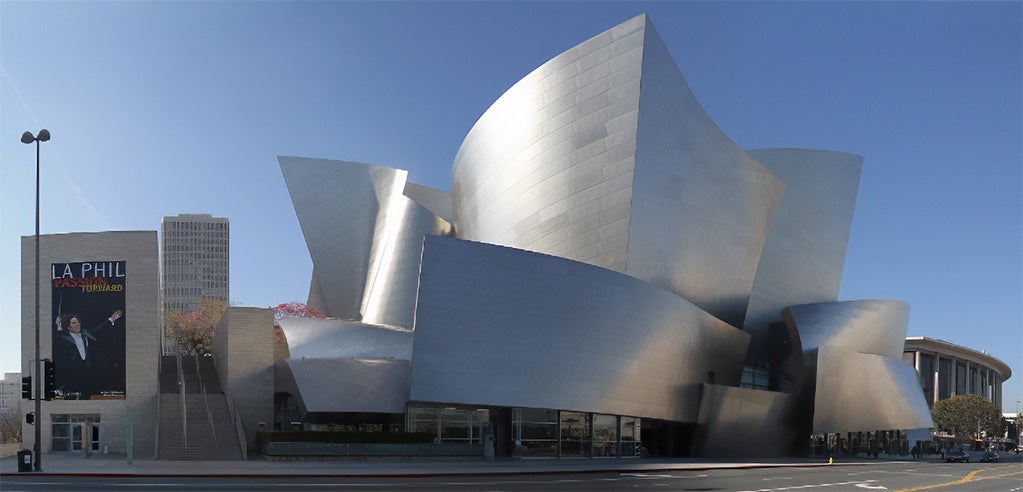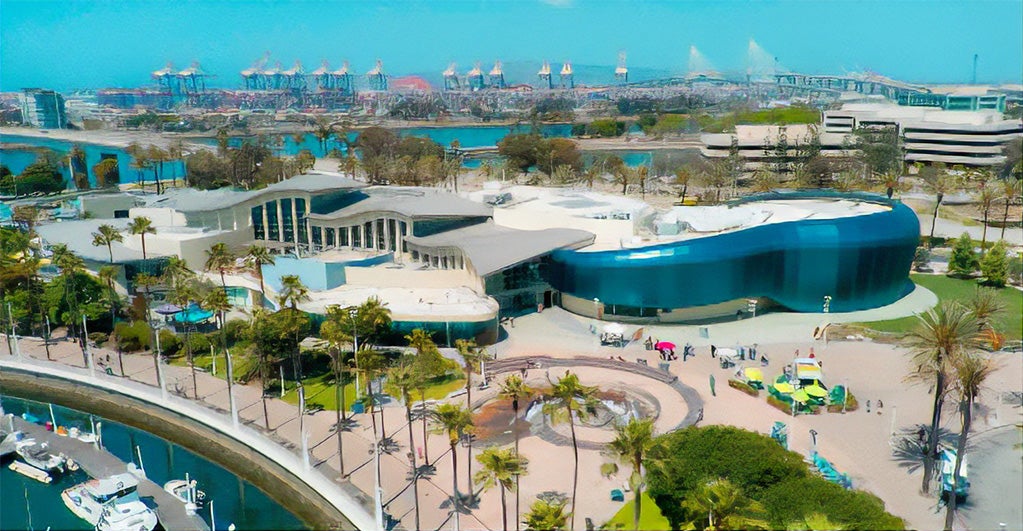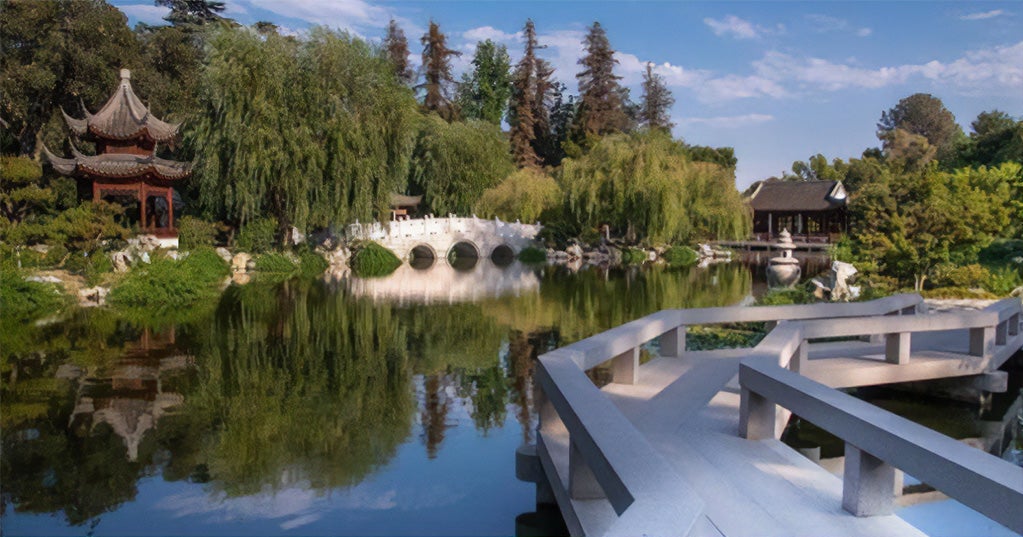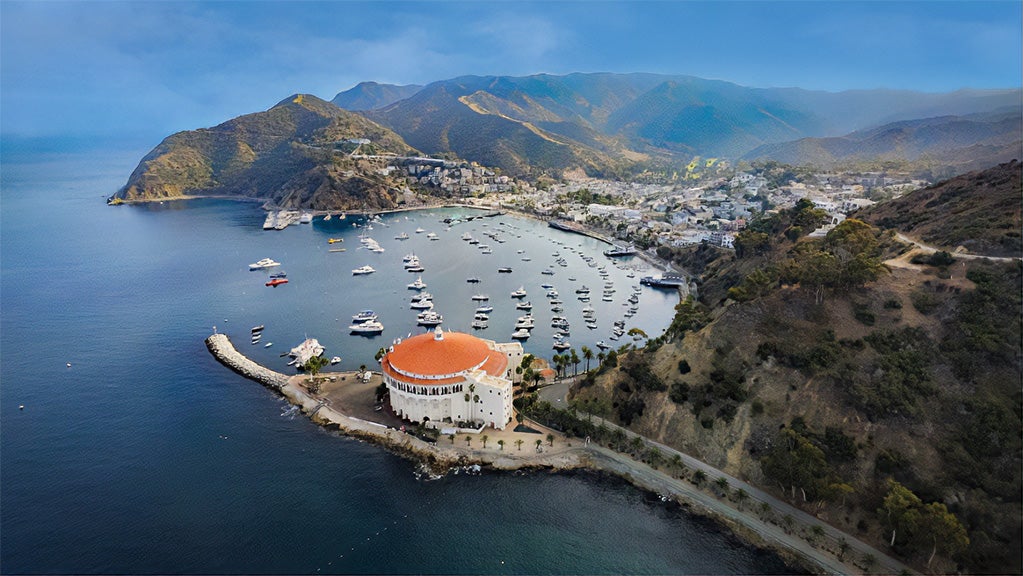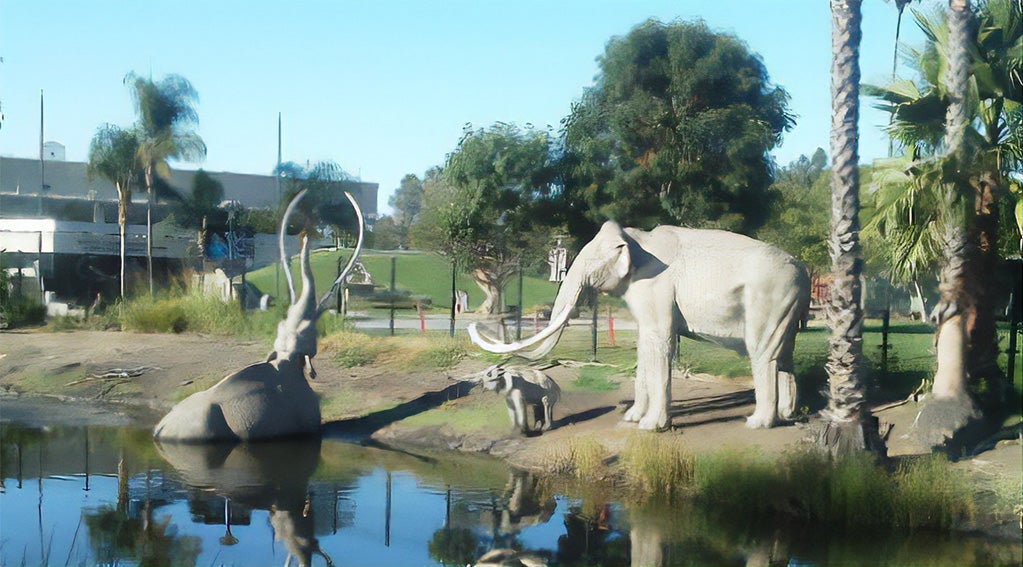The Greater Los Angeles Area
The first and last thing you need to understand about the greater Los Angeles area, of which Long Beach is a part, is that it is a cultural wasteland, and there is not a World Heritage site for miles around. They don’t call it Tinseltown for nothing. Hollywood stars are occasionally holed up in one or another otherwise impossible-to-get-into restaurants, clubs and watering holes, but most often they’re out of town. Not on location for a shoot, just away to avoid the tour buses and their incessant bullhorns. Rodeo Drive is perhaps a better reflection of conspicuous consumption and crass commercialization than Fifth Avenue in New York but you won’t find any stars there, just wannabes with more money than sense (or taste). Grauman’s Chinese Theatre is every bit as phony and tacky as you would expect. Small wonder that the city boasts a tar pit as a major cultural/historical landmark… a tar pit for crying out loud!
The environment of the LA Basin will take your breath away… literally. The climate would be great if the air quality didn’t eat the skin off your face, and God knows what it’s doing to your lungs. About the nicest thing that can be said of the water quality at the beaches is that it hasn’t caught fire (yet). The Los Angeles “River” is an environmental train wreck, an enormous paved ditch through town that is bone dry most of the year. Even if there were things to see and do in town, getting around on the freeways is famously impossible… they’re twelve-lane parking lots most of the day and well into the night.
And in lasting testimony to the tyranny of American popular culture, the f@#$ing mouse is everywhere.
Okay, that was fun. Truthfully, the area really does have a lot to offer, whatever your interests are. The following are suggested on your afternoon off during the meeting, or time before or afterwards.
In addition, don't forget that LA is one of the world's great food towns, from Michelin-starred sushi bars to taco trucks and everything in between. If you're a serious (or even casual) foodie I strongly recommend that you do some on-line homework before coming.
And there is also plenty to see and do in Long Beach. The Long Beach Musuem of Art(MOLAA) is very nice, as are the beaches near Palos Verdes and Redondo Beach
